Master NFPA CFPE Exam with Reliable Practice Questions
What is the minimum fire flow duration for a 21.000 ft2 (1.950 m2) building of type II (000) construction?
Correct : C
According to NFPA 1, Fire Code, the minimum fire flow duration for a building of 21,000 square feet (1,950 m) with Type II (000) construction is 3 hours. This duration is based on the fire flow requirements necessary to maintain sufficient water supply for firefighting operations, ensuring the safety of occupants and property.
Start a Discussions
Exhibit.
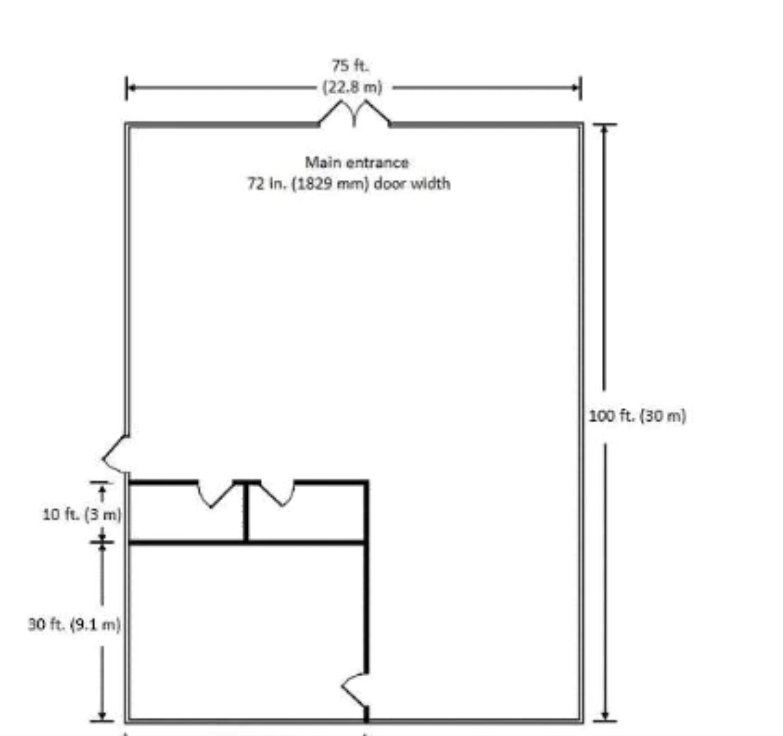
What is the minimum required distance between the two exits, if the assembly occupancy pictured is not sprinklered?
Correct : B
According to NFPA 101, Life Safety Code, the minimum distance between two exits in an unsprinklered assembly occupancy should be at least one-half of the longest diagonal dimension of the area to be served. In this case, the diagonal distance of the building is calculated as:
Diagonal distance = (75 + 100) = (5625 + 10000) = 15625 = 125 ft (38.1 m)
Minimum required distance between exits = 125 ft / 2 = 62.5 ft (19 m)
However, since the question specifically asks for a minimum distance for a non-sprinklered building, typically the minimum separation required is one-third the diagonal distance per NFPA 101 for certain configurations. Thus, in this example, the minimum distance between exits would be approximately 42.5 ft (13 m) if using the one-third requirement instead of one-half for specific conditions outlined in the standard.
Top of Form
Bottom of Form
Start a Discussions
Exhibit.
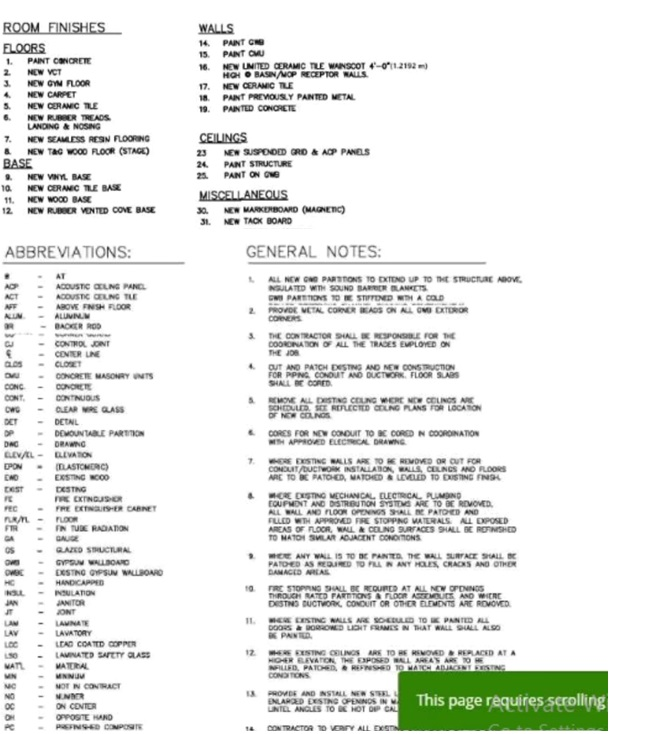
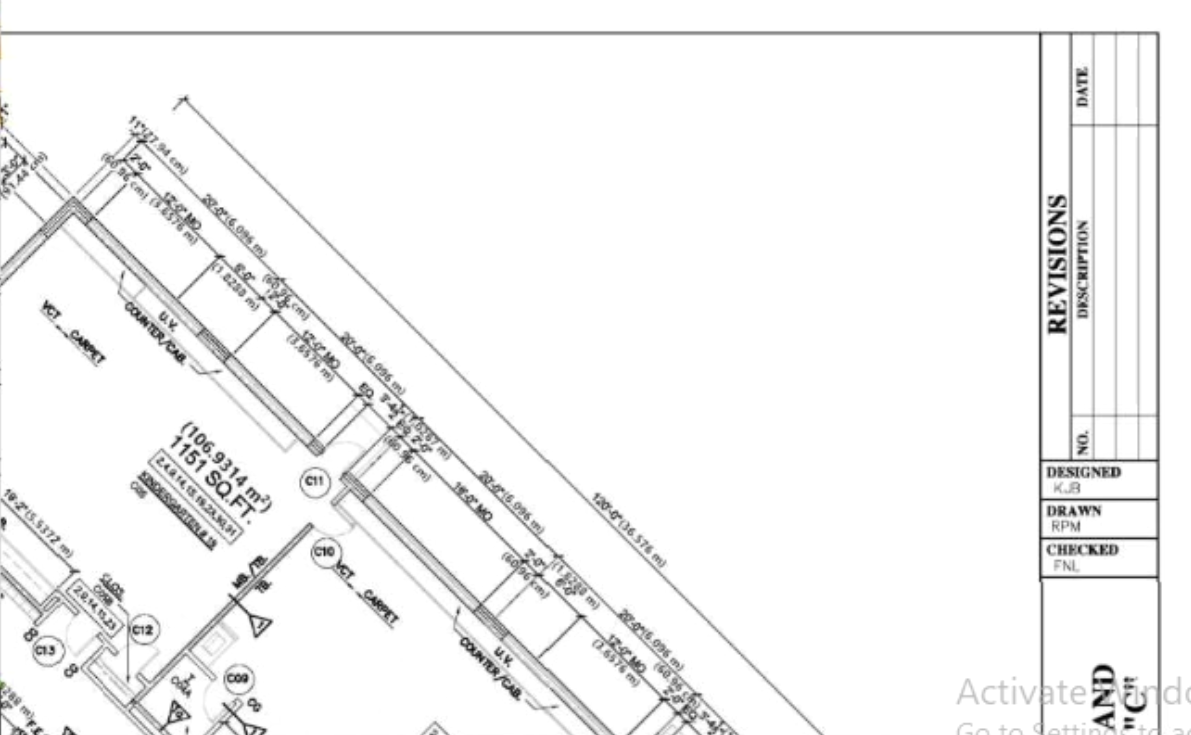
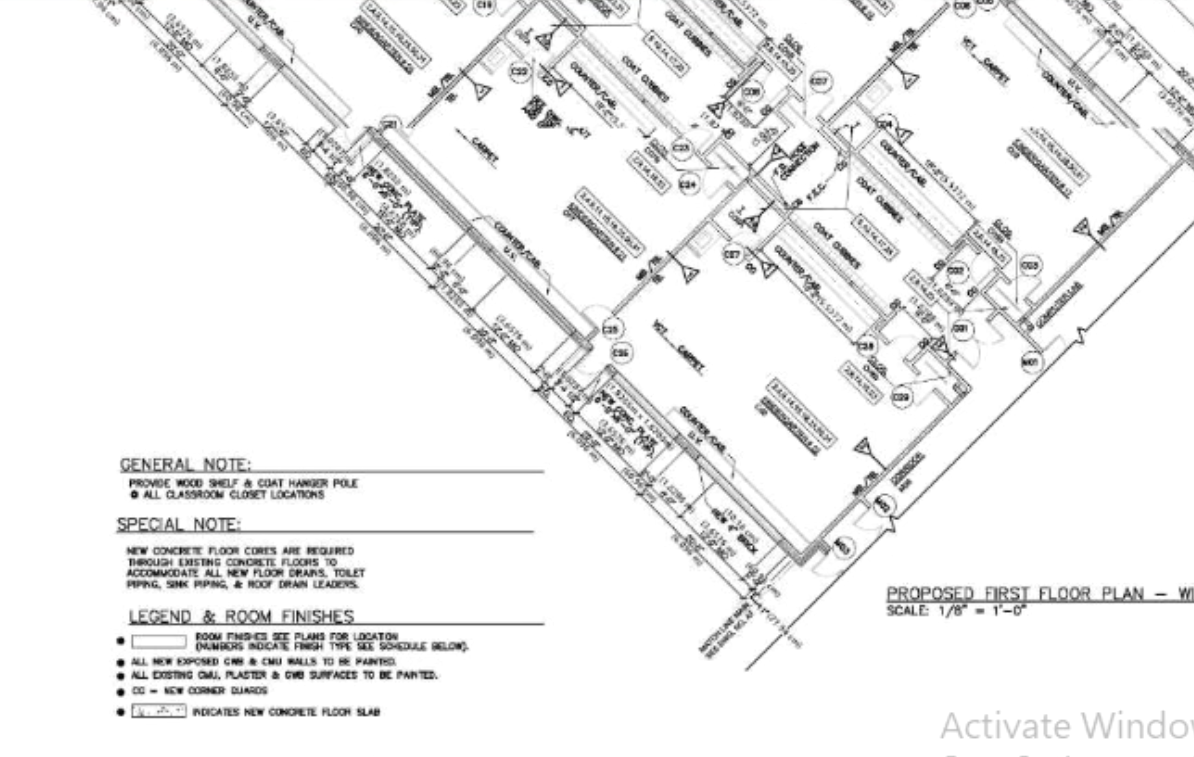
Assuming all 6 classrooms m Wing C on plan A7 are the same size, what is their maximum occupant load?
Correct : C
Determine the Size of Each Classroom: Measure or find the floor area of one classroom on the plan. Since all classrooms in Wing C are the same size, this floor area can be multiplied by six.
Apply the Occupant Load Factor: NFPA 101 provides specific occupant load factors for different types of rooms or buildings. For example, a classroom typically has an occupant load factor of 20 square feet per person.
Calculate the Total Occupant Load:
Total Occupant Load = (Total Area of All Classrooms) / (Occupant Load Factor)
However, I cannot directly view or calculate the dimensions from the provided image file. Please provide either the total area of a single classroom or its dimensions, and I can proceed with the calculation based on the standard occupant load factors.
Start a Discussions
Exhibit.
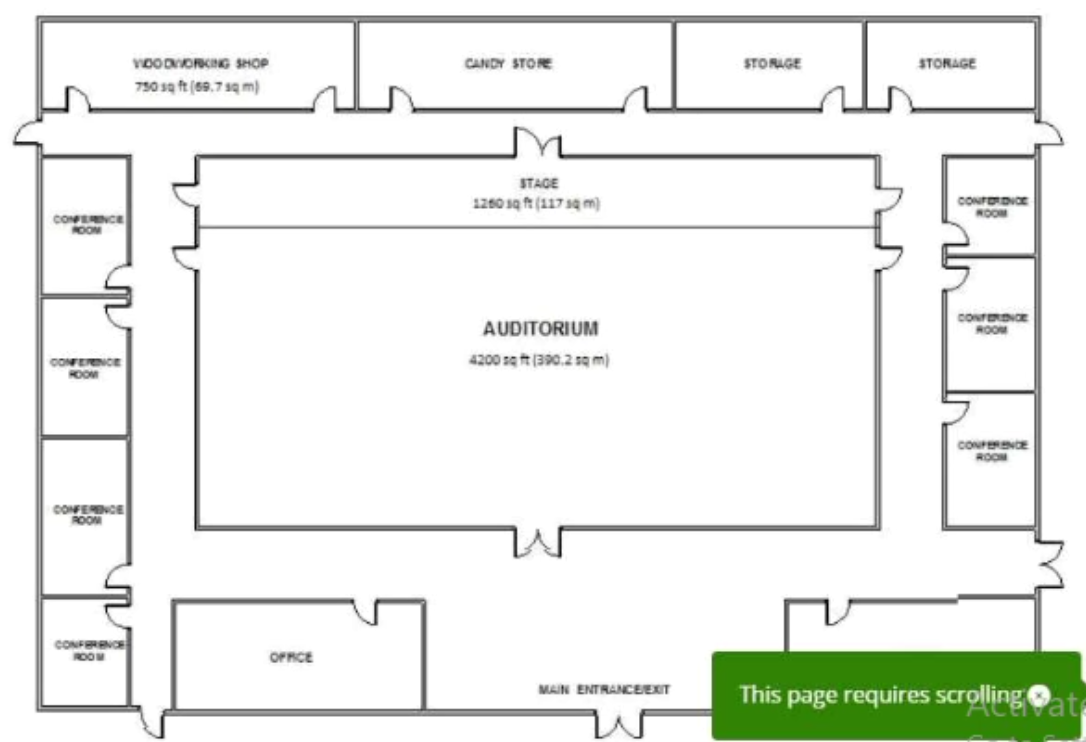
What is the occupancy classification of the conference rooms in the figure if they are used for meetings of less than 50 people?
Correct : B
According to NFPA 101, Life Safety Code, conference rooms that are used for meetings with less than 50 people are typically classified under the 'Business' occupancy classification (NFPA 101, Chapter 6). This is because such small meetings are considered part of the normal operations of a business environment, and thus, the rooms are not considered 'Assembly' occupancy, which requires a larger number of people (usually 50 or more).
Start a Discussions
Which one of the following is a legal order to provide documents or testimony during legal proceedings?
Correct : C
A subpoena is a legal document that orders an individual or entity to provide documents or testify during legal proceedings. It is a formal demand issued by a court or other legal authority to obtain evidence or witness testimony. Unlike the other options, which may pertain to broader legal frameworks or voluntary disclosures, a subpoena has the force of law compelling compliance.
Start a Discussions